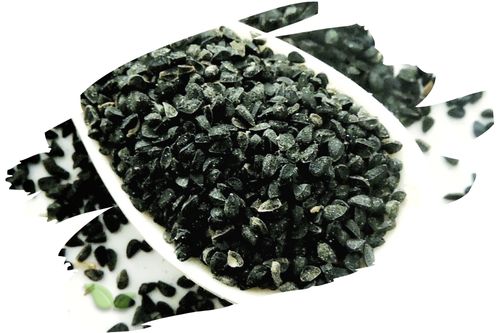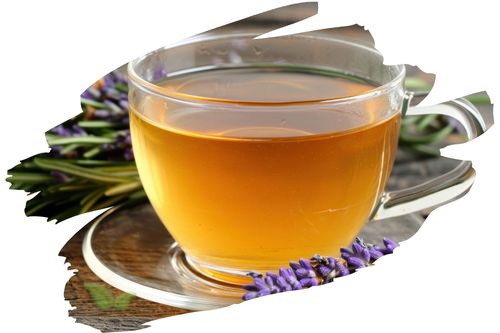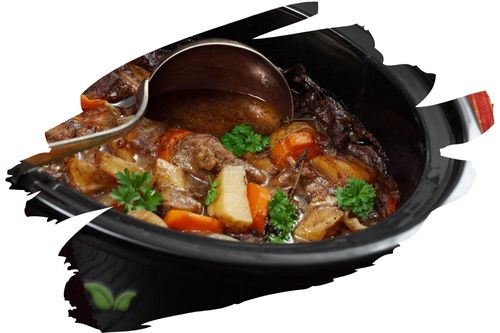
In the realm of herbs and spices, names can sometimes be misleading. Take, for instance, cilantro and culantro. Despite their similar names and related flavor profiles, these two plants are quite different. For those unfamiliar with the specifics, it's easy to confuse the two or assume they're the same. This blog post will delve into the similarities and differences between culantro and cilantro, demystifying any confusion surrounding these two aromatic herbs.
Cilantro: The Familiar Favorite
Cilantro (Coriandrum sativum) is an herb widely known and loved in a variety of cuisines worldwide, from Latin American to Asian. It's recognized by its flat, parsley-like leaves and stems that give off a pungent, citrusy aroma. The plant also produces seeds known as coriander, an essential spice in several cuisines.
Cilantro is commonly used fresh as its leaves lose much of their flavor when dried. The herb's unique, somewhat polarizing flavor can be described as bright and citrusy but is also occasionally referred to as soapy, particularly by those with a specific genetic trait that affects their perception of its taste.
Culantro: The Less Known Relative
Culantro (Eryngium foetidum), while less commonly known in some parts of the world, is a staple herb in various Caribbean, Central American, and Asian cuisines. Despite the similar name, culantro is not the same plant as cilantro. It is a biennial herb, meaning it has a two-year lifecycle, compared to cilantro's annual growth cycle.
Culantro's leaves are long, narrow, and serrated, and the plant overall is more robust and hardy than cilantro, particularly in hot, tropical climates where cilantro tends to bolt or go to seed quickly. Culantro's flavor is similar to cilantro but is often described as more intense.
Culantro vs Cilantro: The Key Differences
While these two herbs share a similar flavor profile, there are key differences between them:
Appearance: Cilantro leaves are round and lacy, resembling flat-leaf parsley, while culantro has long, thin leaves with serrated edges, more akin to dandelion leaves.
Taste: Both herbs have a fresh, citrusy taste, but culantro's flavor is generally considered stronger and more robust than cilantro's.
Growth conditions: Cilantro prefers cooler conditions and will quickly bolt in high heat, making it a challenge to grow in tropical climates. Culantro, on the other hand, is heat-tolerant and thrives in hot, humid environments.
Usage: Cilantro is often used fresh in salsas, salads, and as a garnish, while culantro is commonly incorporated into cooked dishes, stews, and soups, particularly in Caribbean cuisine.
In conclusion, while cilantro and culantro may share a similar flavor profile and a confusingly similar name, they are indeed different plants, each with their unique characteristics and culinary uses. Whether you choose to cook with cilantro, culantro, or both, you'll be adding a burst of fresh, citrusy flavor to your dishes that is sure to delight.
Alert: While spices can have many beneficial properties for health, using them for medical purposes should be done under the guidance and supervision of a healthcare professional or specialist. Some spices may interact with medications or cause adverse reactions in certain individuals, and it is important to use them safely and appropriately. If you are considering using spices for a medical condition, it is important to consult with a healthcare professional before doing so.




















































